|
Mexico's Land of the Maya By Rail
How I Got There:
Leave:How I Traveled by Train While There: Expreso Maya (Private Train)Telephones/Internet Access: I had my provider, Verizon, add Int'nl.Where I Stayed: Villahermosa: Hotel Cencali, DWhere I Ate: Villahermosa: Hotel Cencali, DFor More Information: Go to Sue Stilwell's website: S&S Tours < http://www.ss-tours.com > |
The first time I saw Expreso Maya, she patiently awaited
me, just before dawn in Palenque, Chiapas, Mexico, near my Chan-Kah Hotel
bungalow in the jungle. She contentedly awaited with lights aglow
inside, white jacketed and red neckerchiefed staff awaiting, generators
purring, inside temperature a refreshing cool after our days in the jungles
of Mexico seeing the ancient Mayan Ruins at Villahermosa, Tabasco,
and Palenque, Chiapas, Mexico.
Her consist included, for this trip from Palenque, Chiapas, to Merida, Yucatan, Mexico, four of her eight private luxury cars: Calakmul (64-comfortable seat coach car), Palenque (56 deluxe-class capacity Bar-Club car), Merida (48-seat deluxe-class dining car), and Sayil (Baggage car). All headed by engine 8847 of the Ferrocarril Chiapas-Mayab line which is one of several lines owned by Genesee & Wyoming Inc. Greenwich, CT <www.gwrr.com>. Even in the soft light of dawn, I could see the characteristic red color of the Mayan god Chac as the base color of the cars. We had seen this red in ancient Mayan stuccos in the images of their leaders at the Palenque ruins. The overlaid white plumed serpent we would see at every Mayan ruin we would visit on this historic trip along the Mayan Route. With our luggage being handled by the train and hotel porters, Sue Stilwell's small group of 14 plus six others taking the same journey, leisurely made its way onto the train. First we boarded the 64-seat coach car noting the decorations of Mayan themes that we had heard about on their website. Thus a very large capacity first-class private coach car had only 20 guests and the Chief of Operations for the train, Humberto Gomez Herra, who occupied the last 2 seats in the coach, where he could plug in his radio for recharging. Between these last two seats and the end of the car and vestibule, was a flat area without seats that I presume would accommodate as many as 4 wheelchairs, without lockdown capabilities. We were like a group of school kids on their first train-based fieldtrip. We were told 'Sure!' when we asked if we could see the other cars before getting underway northward. It was beautiful! All the cars' interiors are designed and painted by the renowned Yucatecan artist, Carlos Millet. We ventured into the next car forward, Palenque, the 56-seat club car. We found tables decorated with toucans, jaguars, monkeys, and alligators former inhabitants of the jungle location of Palenque. There was comfortable seating of four padded chairs at each table, a curved conversation area, and a bar in the center at which the barman was serving coffee before breakfast. There is a library, game room, and music. You can pick up a red-covered 8-page descriptive foldout brochure complete with a map of the route we would be following through the Mayan ruins. In this club car, I was able to purchase a black Expreso Maya cap and a white polo shirt with the same embroidered logo. I did not see the advertised, "books, maps, handicrafts and other regional items, for sale" but found plenty of these items to my liking off the train in Palenque (embroidered purse by Mayan ladies), Campeche (a Panama hat) and Merida (silver jewelry and sisel shirt). The third and final public car, the Merida dining car, was even more impressive. It had a seating capacity of 48. This car also included the kitchen, which I would later visit and find emaculate and fully staffed with a chef and his cooks. The Merida dining car's interior is decorated reminiscent of the old henequen haciendas of Yucatan. As we journeyed northward from Palenque toward Campeche, our first stop was "the place where the water gods lived," Cenote. At the Balam (jaguar in Mayan) Cenote, we stopped, detrained, climbed down a steep semi-improved trail to the water's edge of this very large, stone-quarry-appearing natural reservoir. After reboarding, we were invited to have complementary liquid refreshments, including margaritas and wine, in the bar car and we discuss the natural phenomena. Our second of two full days on the Expreso Maya, was from Campeche (where we had stayed 2 nights in the Hotel del Mar) to Merida. We started early again this day and enjoyed another excellent breakfast onboard. On this segment, our mid-day stop was at Maxcanu where we boarded a bus that was basically parked in the weeds next to the tracks, and were taken to the Uxmal Mayan Ruins, declared a World Heritage Site by UNESCO. After returning to the train, we were given complementary drinks followed by an excellent lunch including wine, as the train traveled very slowly, and comfortably, on the ancient tracks, to Merida, arriving at sunset. We said our farwells to the entire train staff who aligned themselves single file as we detrained and we bid each farewell. The owner of the trainset was there and greeted us as we transferred to the bus for a short ride to our hotel. Later Sue related that he is encouraged about the future of the Expreso Maya. That was good news for those of you who have not yet experienced this excellent rail journey! Itinerary and photos of "The Mayan Route by Rail" follow. |
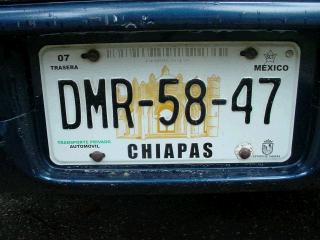
Photo tip: Take local license plate pictures to remember locations and spellings. |
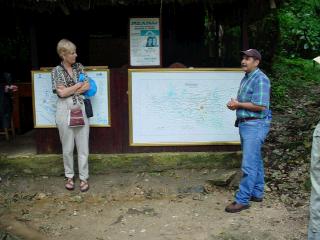
Sue (left) and our group's personal guide explaining Palenque site. |
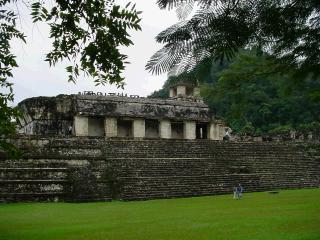
|
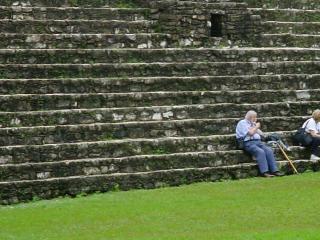
Some forego the many steps. |
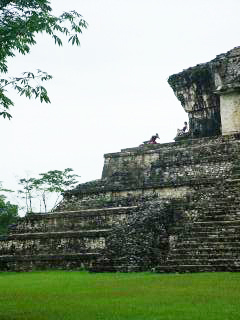
|
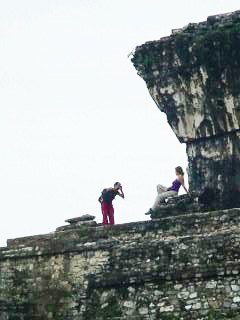
It was cute watching this young lady pose among the ruins for her young photographer boyfriend. |
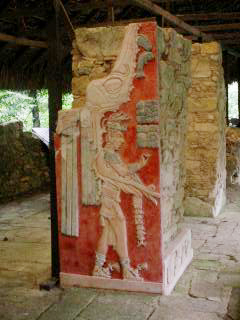
|
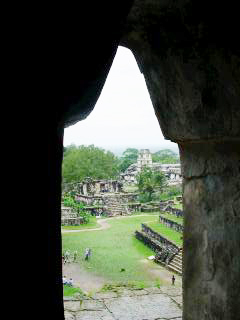
Traditional doorway arch shape, without keystone. |
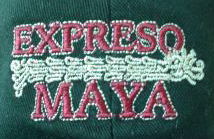

Serpent artwork and traditional red of the Maya. |
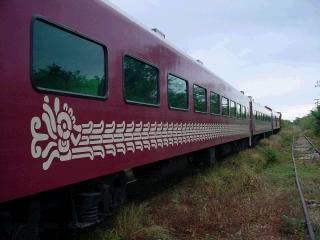
|
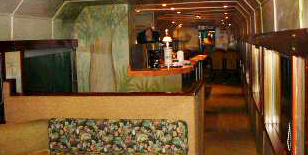
|
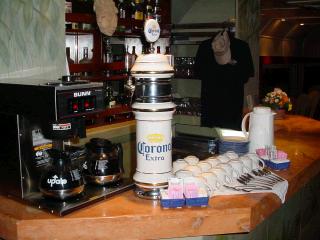
|
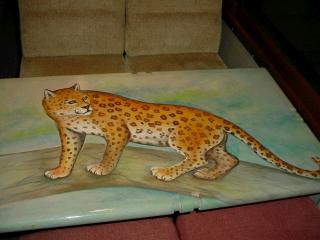
Each table has artwork of earlier wildlife of the area. |
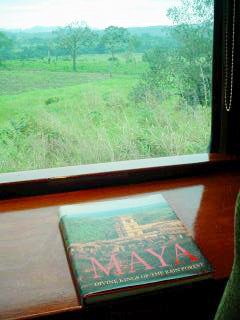
Library |
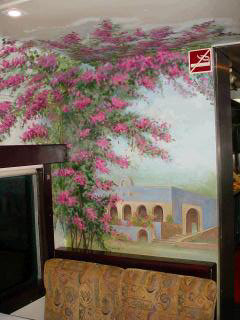
Artwork showing the Colonial period... |
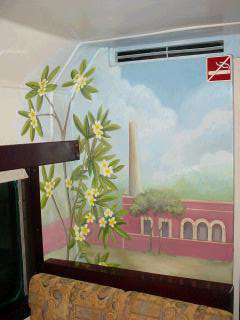
in each corner of the car. |
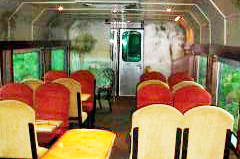
Comfortable seating at 4-seat tables on one end of the car. |
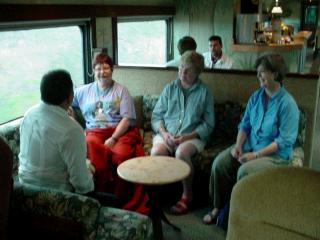
Two conversation areas in this car as well. |

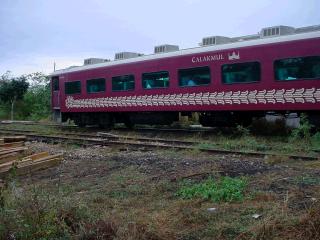
|
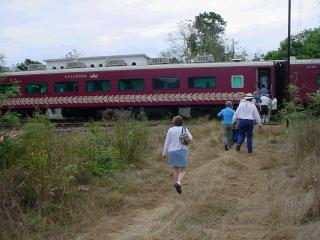
|
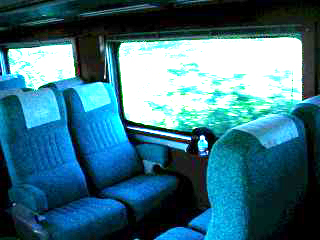
Large, comfortable, reclining seats, large windows for excellent visibility of the passing scene. |
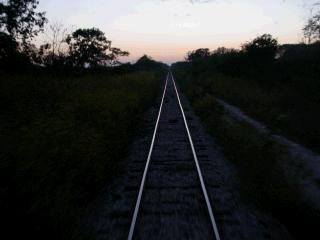
The coach car was the last, so its vestibule was an excellent place for photos without windows. |
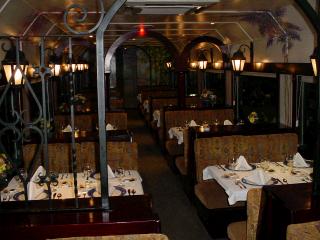
|
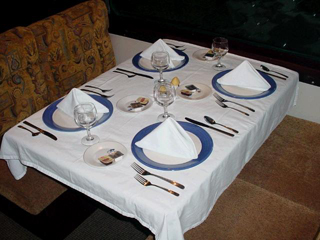
|
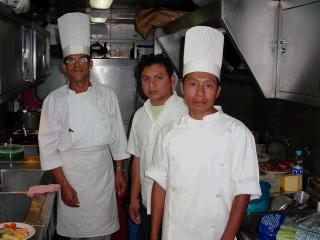
|
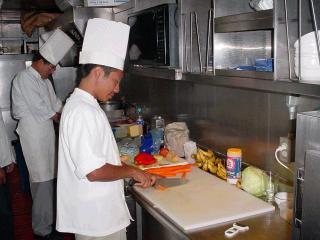
|

|

|
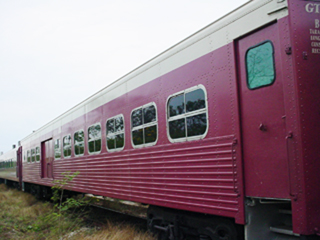
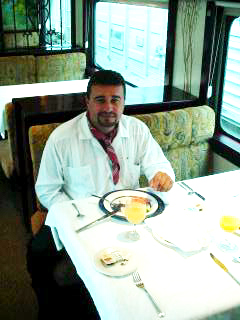
Dennis Marrufo, Tour Guide dennismarrufo@hotmail.com |
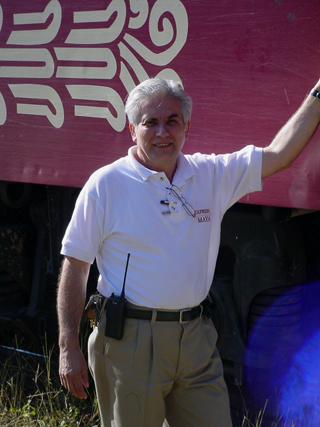
Humberto Gomez Herrera Expreso Maya Director of Operations humbert@expresomaya.com.mx |
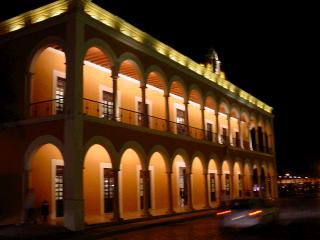
|
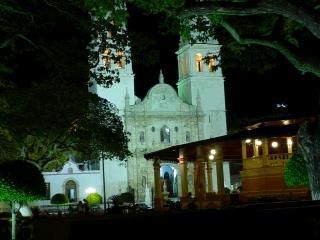
|
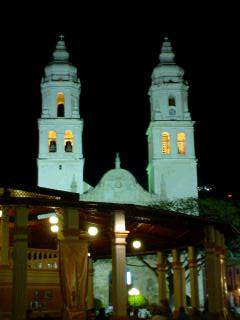
|

|
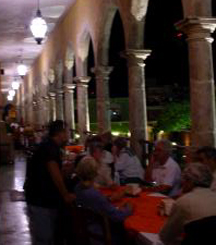
|
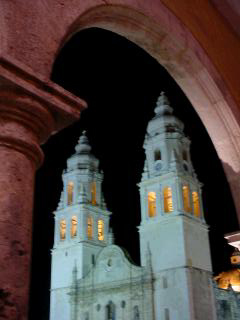
The cathedral viewed from our table! |
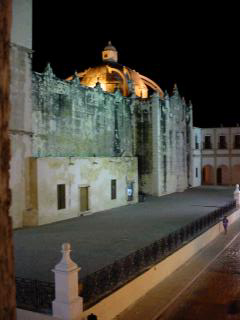
|
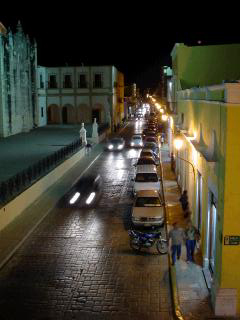
|
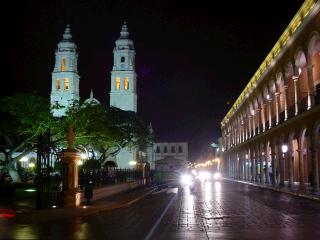
|
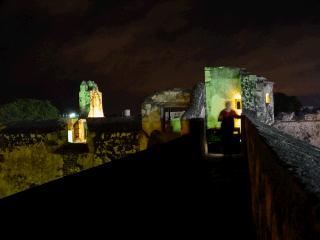
Atop the old city wall. |
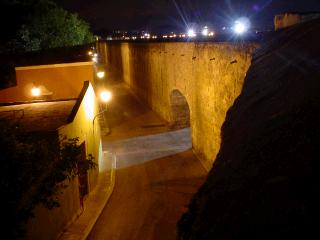
|
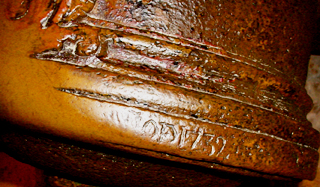
1732 cannon in the fortified city wall entrance. |
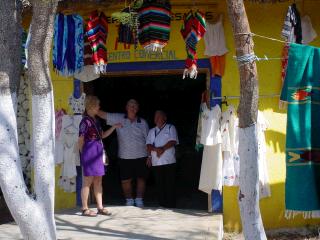
Bus stop for restrooms and souvenirs. |
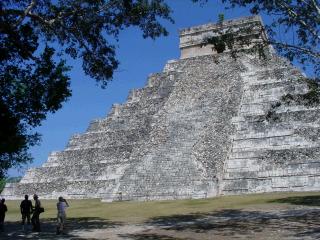
Our first sight of Chichen Itza, overwhelming. |
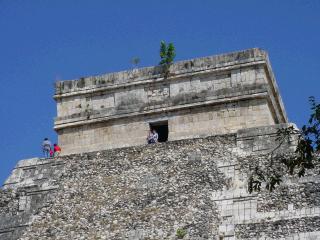
You may climb to the top... but the steps are very steep (right). |
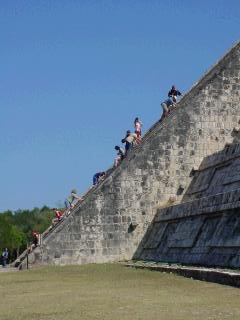
|
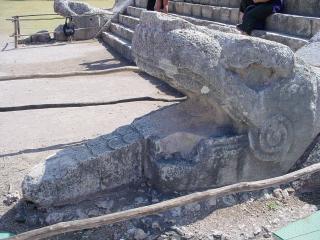
Serpent's head at ground level. |
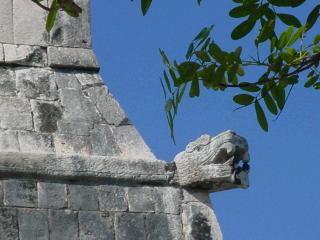
The snake is represented on other structures as well. |
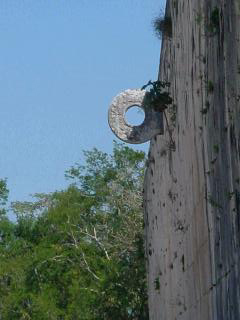
|
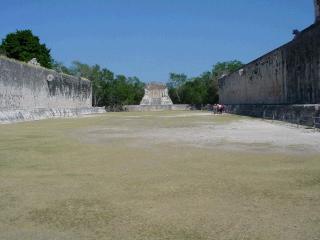
All Mayan cities had a ball court. Chichen Itza has the largest. |

|
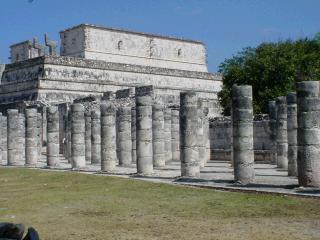
|
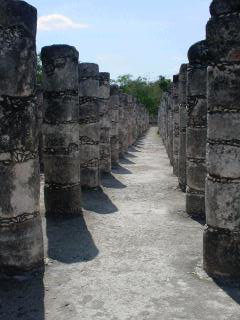
|
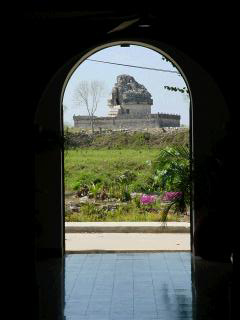
|
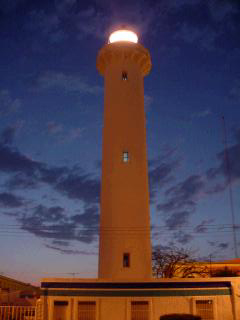
|
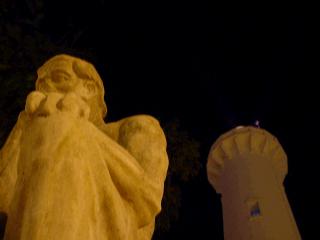
The Thinker in the cultural center patio below the lighthouse. |
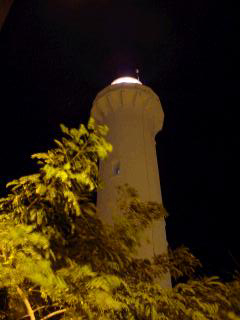
|
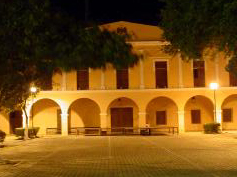
The cultural center plaza below the lighthouse. |
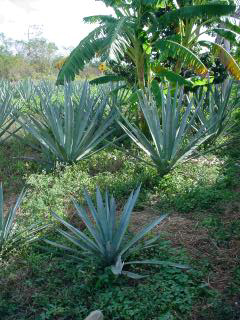
Sisel plantation, where the need for a railroad network in Mexico began. |
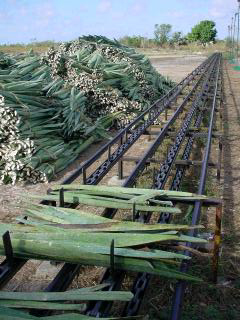
Conveyor belt taking sisel into plant. |
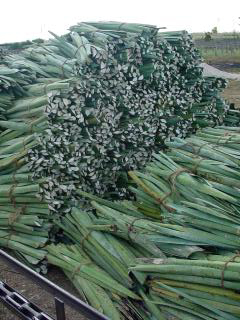
|
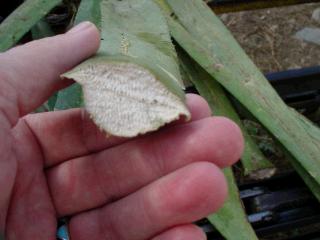
The fibers in sisel. |